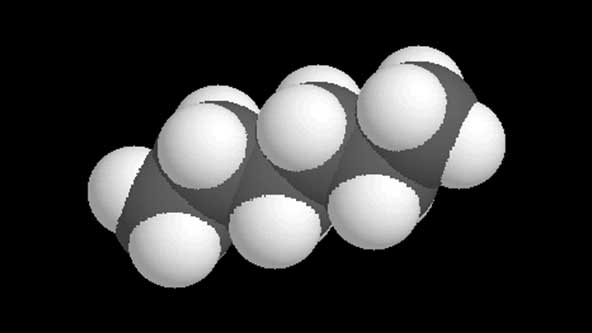What is Hexane and Where Can it Be Found?
Hexane is a chemical commonly extracted from petroleum and crude oil. It is a colorless liquid that gives off a subtle, gasoline-like odor. Hexane is highly flammable, yet it can be found in many household products such as stain removers for arts and crafts projects. Because of its potential dangers, it is important to know how to handle and store this chemical properly and what to do in the unfortunate event of a fire or human exposure.
Common Uses for Hexane
Although the average consumer may be unfamiliar with Hexane, it serves a number of industrial and domestic purposes. Common uses of the chemical include:
- Extracting edible oils from seeds and vegetables
- As an additive in consumer products including gasoline, glue, varnishes and inks
- As a cleaning agent in the textile, furniture and printing industries;
- As a special glue used in roofing, shoemaking and leather products
- Extracting oil and grease contaminates from soil and water for analysis in laboratories
Health Hazards Associate with Hexane
Short-term exposure to air contaminated with hexane affects the nervous system and can cause dizziness, nausea, headaches, and even unconsciousness. Chronic exposure can cause more severe damage to the nervous system. If swallowed, it may cause severe abdominal pain and impact the respiratory system, resulting in shortness of breath, coughing, burning of the mouth, throat or chest, and even chemical pneumonitis. Personal protective equipment is recommended whenever handling hexane.
Safely Handling Hexane & First Aid
Exposure to hexane is most likely to occur in the workplace. It is recommended that you wear protective gloves, safety goggles, protective clothing and breathing protection when working with the chemical. Do not smoke, drink, or eat when exposed to hexane.
In addition to the following recommendations, it is important to seek medical attention after exposure to hexane, even if you do not experience any severe symptoms.
- Inhalation – Move to an area with fresh air and loosen tight clothing such as a collar, tie, belt or waistband. If breathing is difficult, oxygen should be administered. If you see someone lose consciousness or suspect their breathing stops, give artificial respiration (if trained) and call for immediate medical assistance.
- Eye Contact – Remove contacts if necessary and immediately flush eyes with running water for 15 to 20 minutes. Do not put any ointments, oils or medications into the eyes without a physician’s recommendation.
- Skin Contact – Wash the affected area with disinfectant soap and water, cover the area with an anti-bacterial cream, and remove and isolate all contaminated clothing.
- Ingestion – Do NOT induce vomiting. Drink one to two glasses of water to dilute the chemical, but never give anything by mouth to a person who is convulsing or unconscious. Seek medical attention immediately if you suspect hexane was ingested.
Preventing and Containing Hexane Fires
To prevent an explosion of this flammable chemical, hexane should be stored in a closed environment with proper ventilation and explosion-proof electrical equipment and lighting. Do not use compressed air for filling, discharging, or handling and always use non-sparking hand tools.
In the event of a hexane fire outbreak, take the following actions:
- Stop discharge of the chemical if possible to do so safely
- Shut off all ignition sources
- Use water in flooding quantities, but water sprays should NOT be used because they may cause the fire to spread
- Use fire extinguishers containing foam, dry chemicals and carbon dioxide.
Contact local health and pollution control officials in the event of a chemical fire or spill.
Safe Storage and Disposal of Hexane
Hexane material should be stored in a well-ventilated area in fireproof containers, separated from strong oxidants and kept in well-sealed containers. Any unused portion of the chemical should be recycled for its approved use or returned to the supplier. Landfill disposal is NOT recommended for hexane.
For more information about hexane uses, safety, or disposal, search our database of MSDS information.
